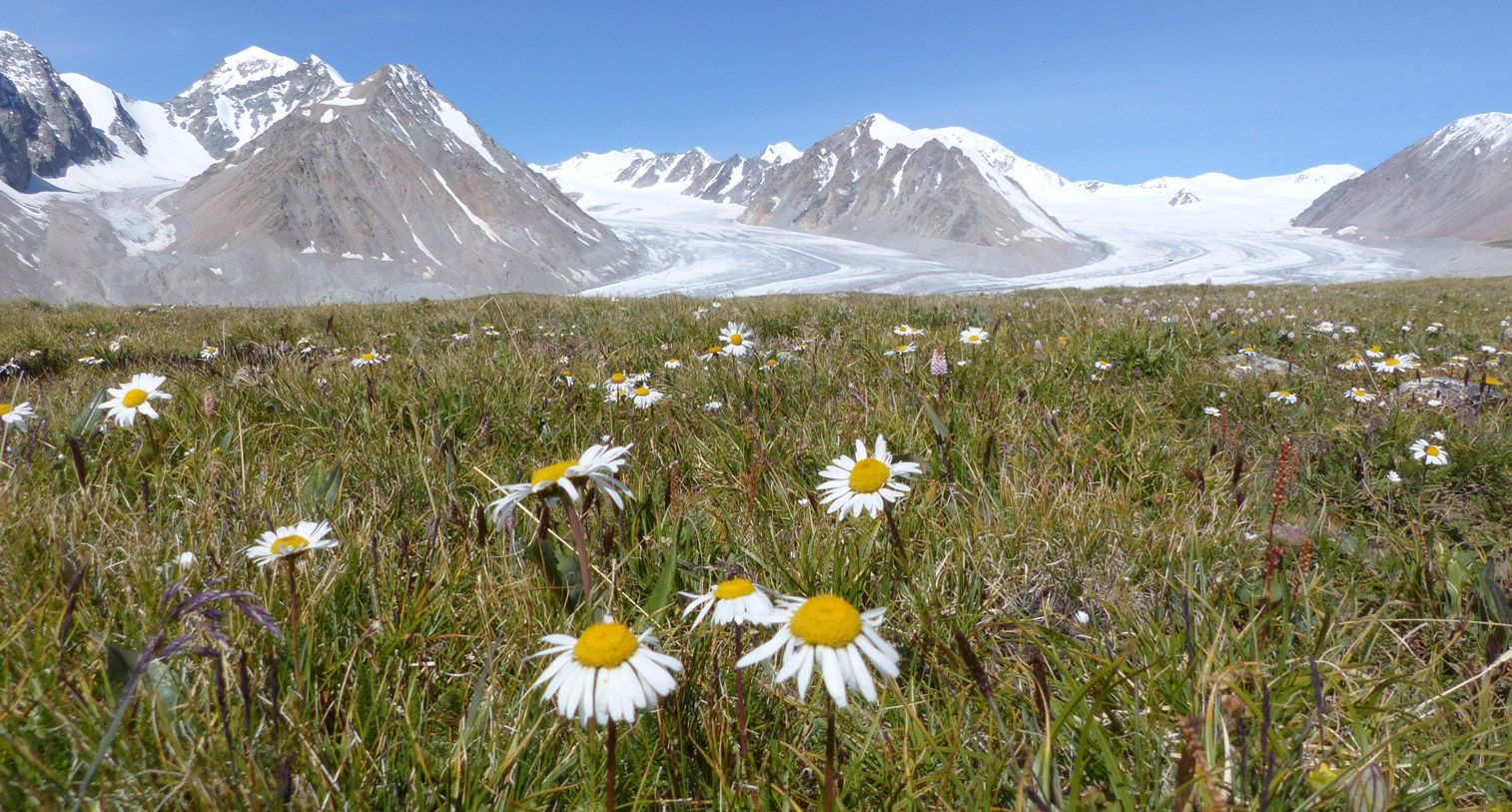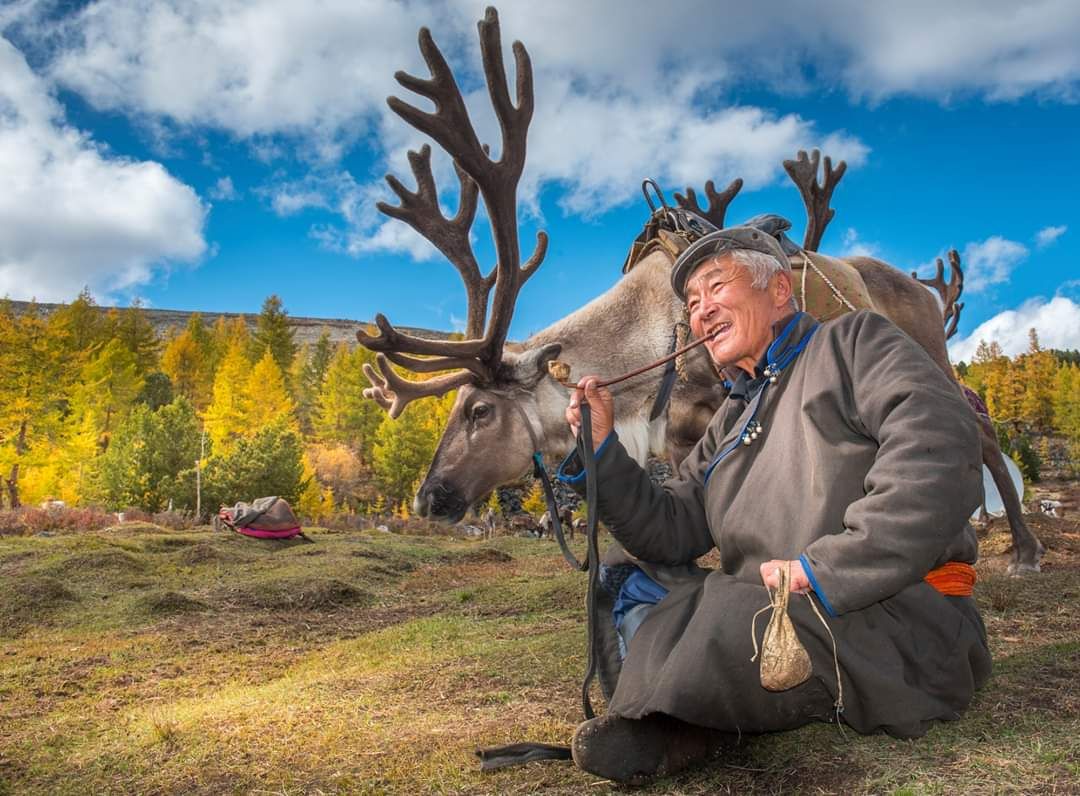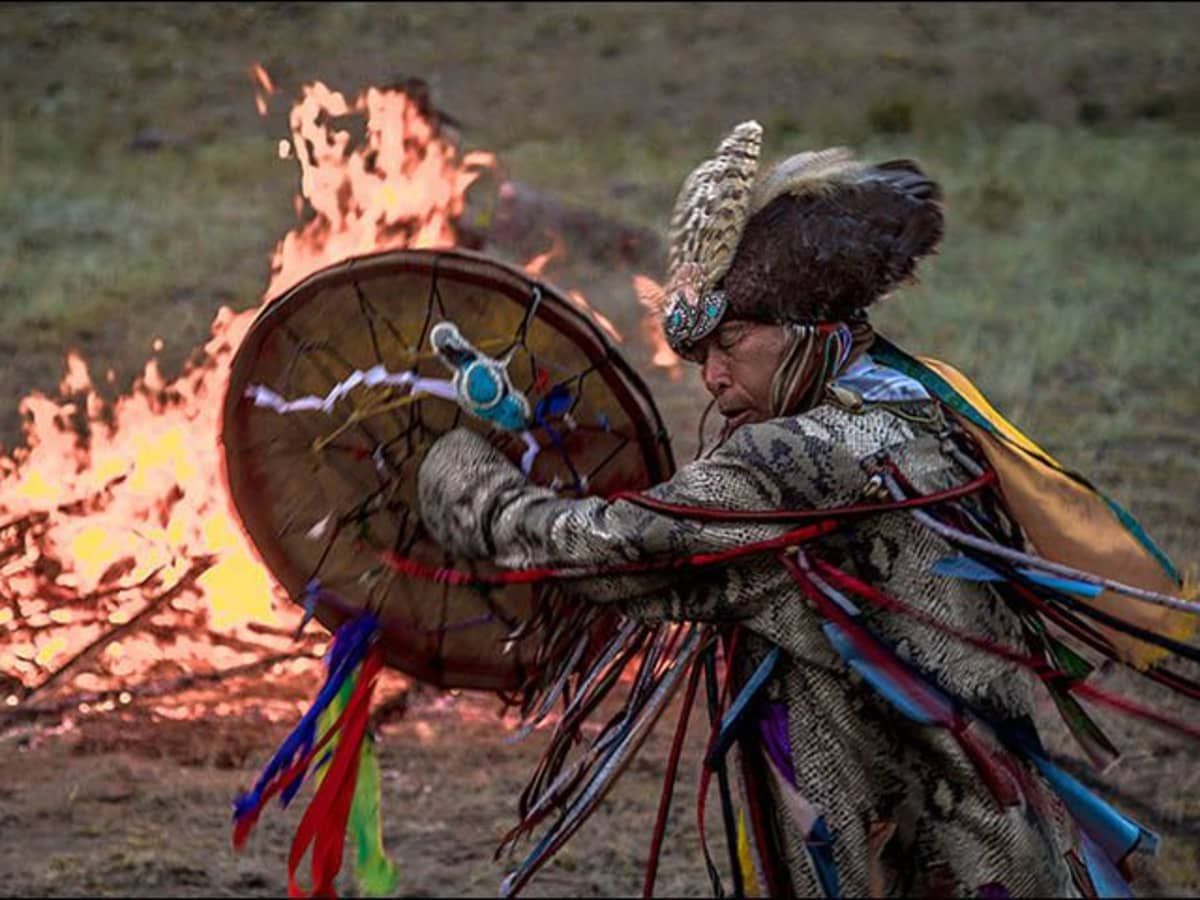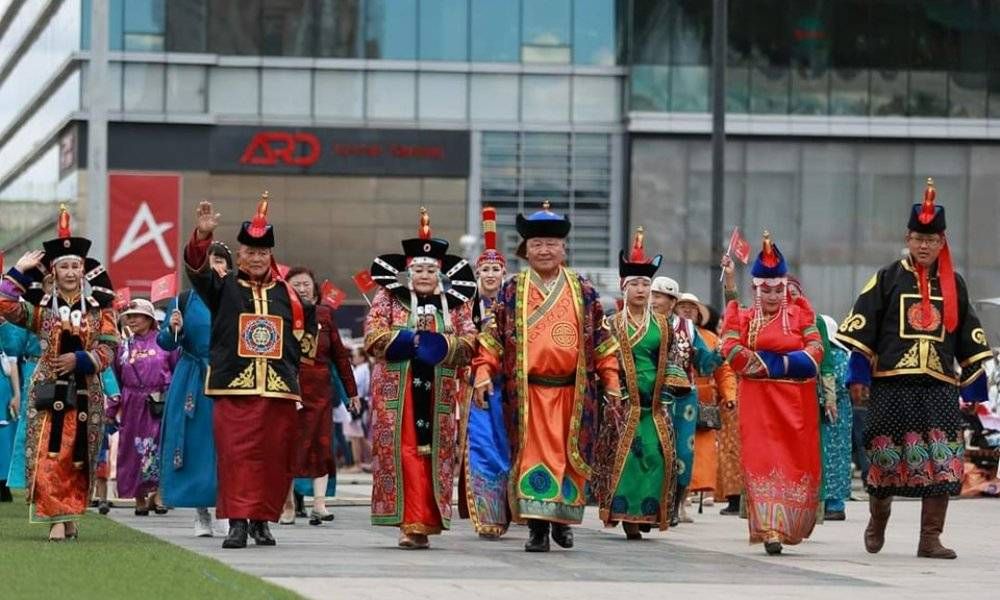General information
Mongolia is a landlocked country in East Asia, bordered by Russia to the north and China to the south. It covers an area of 1,564,116 square kilometers, with a population of just 3.3 million, making it the world's most sparsely populated sovereign nation. Mongolia is the world's largest landlocked country that does not border a closed sea, and much of its area is covered by grassy steppe, with mountains to the north and west and the Gobi Desert to the south. Ulaanbaatar, the capital and largest city, is home to roughly half of the country's population.
CAPITAL AND LARGEST CITY: ULAANBAATAR
Ulaanbaatar, is the capital and most populous city of Mongolia. It is the coldest capital city in the world, on average. The municipality is located in north central Mongolia at an elevation of about 1,300 meters in a valley on the Tuul River. The city was originally founded in 1639 as a nomadic Buddhist monastic center, changing location 28 times, and was permanently settled at its current location in 1778.
OFFICIAL SCRIPTS: MONGOLIAN, CYRILLIC
Mongolia is a landlocked country in East Asia, bordered by Russia to the north and China to the south. It covers an area of 1,564,116 square kilometers, with a population of just 3.3 million, making it the world's most sparsely populated sovereign nation. Mongolia is the world's largest landlocked country that does not border a closed sea, and much of its area is covered by grassy steppe, with mountains to the north and west and the Gobi Desert to the south. Ulaanbaatar, the capital and largest city, is home to roughly half of the country's population.
THE CLASSICAL OR TRADITIONAL MONGOLIAN SCRIPT
also known as the Hudum Mongol bichig, was the first writing system created specifically for the Mongolian language, and was the most widespread until the introduction of Cyrillic in 1946. It is traditionally written in vertical lines Text direction Top-Down, right across the page.
Before adopting the Cyrillic alphabet in 1946, Mongolians used the vertical script which has only 26 characters (excluding the characters for foreign letters). Today, the traditional script is developing as a form of art in addition to writing.
CURRENCY: TUGRUG
Currently, the lowest denomination in regular use is the 10-tugrug note and the highest is the 20,000-tugrug note.
OFFICIAL LANGUAGES: MONGOLIAN
Official Languages: Mongolian.
Mongolian is the official language of Mongolia and both the most widely spoken and best-known member of the Mongolic language family. The number of speakers across all its dialects may be 5.2 million, including the vast majority of the residents of Mongolia and many of the ethnic Mongol residents of the Inner Mongolia Autonomous Region of the People's Republic of China.
HISTORY
The territory of modern-day Mongolia has been ruled by various nomadic empires, including the Xiongnu, the Xianbei, the Rouran, the First Turkic Khaganate, and others. In 1206, Genghis Khan founded the Mongol Empire, which became the largest contiguous land empire in history. His grandson Kublai Khan conquered China proper and established the Yuan dynasty. After the collapse of the Yuan, the Mongols retreated to Mongolia and resumed their earlier pattern of factional conflict, except during the era of Dayan Khan and Tumen Zasagt Khan. In the 16th century, Tibetan Buddhism spread to Mongolia, being further led by the Manchu-founded Qing dynasty, which absorbed the country in the 17th century.
By the early 20th century, almost one-third of the adult male population were Buddhist monks. After the collapse of the Qing dynasty in 1911, Mongolia declared independence, and achieved actual independence from the Republic of China in 1921. Shortly thereafter, the country became a satellite state of the Soviet Union, which had aided its independence from China. In 1924, the Mongolian People's Republic was founded as a socialist state. After the anti-communist revolutions of 1989, Mongolia conducted its own peaceful democratic revolution in early 1990. This led to a multi-party system, a new constitution of 1992, and transition to a market economy.
ELECTRIC
220 volts/50 hertz
Yesterday and Tomorrow
During the communist years, Ulaanbaatar was a city of rectangular concrete buildings, all in clear lines, according to a central plan. It was renowned as the "Asian White Princess," home to everything a city needed such as a circus, an opera, theaters, universities, libraries, and more. On a windy spring morning 70 years of history was completely changed overnight, and Mongolia became a democratic country. Since then, Western style tall glass buildings have emerged and the city exploded with development. This change is continuing side by side with ancient buildings and historical gers you will find new hotels and buildings. Ulaanbaatar is probably the only place where you can see a luxury boutique and a traditionally dressed horse-riding nomad in the same frame. You can’t imagine Ulaanbaatar without its fashionable, confident young women and men. When you see women in high heels, walking on streets covered in ice, you are getting a glimpse of the bravery and confidence of ancient Mongolian women who fought on horseback to save their husbands’ lives.




